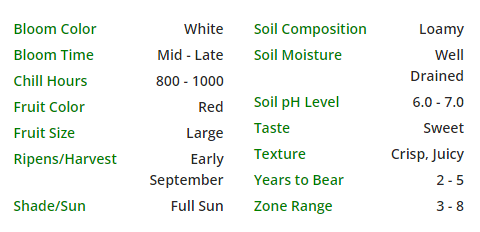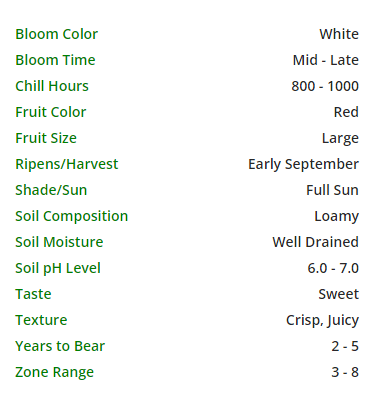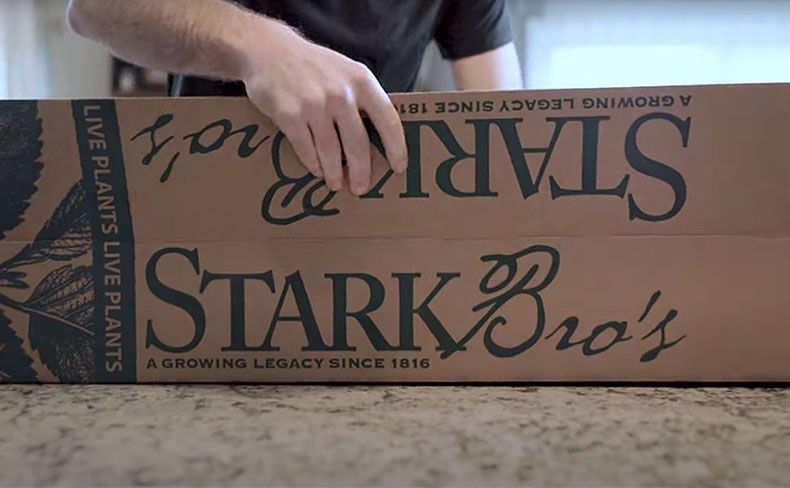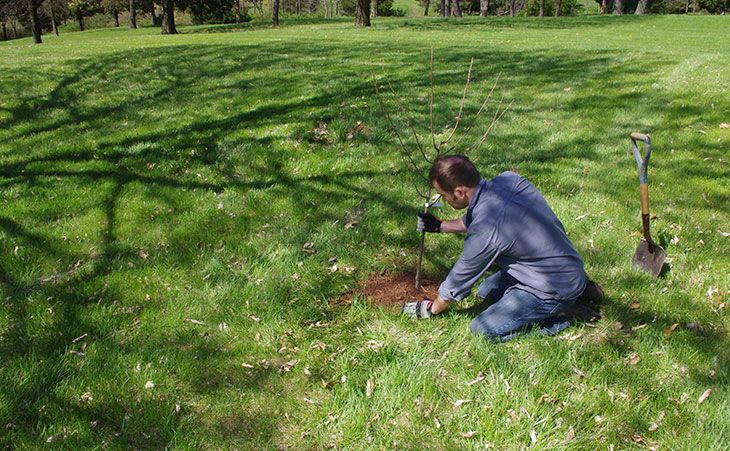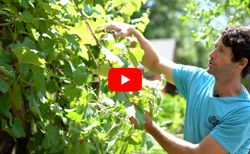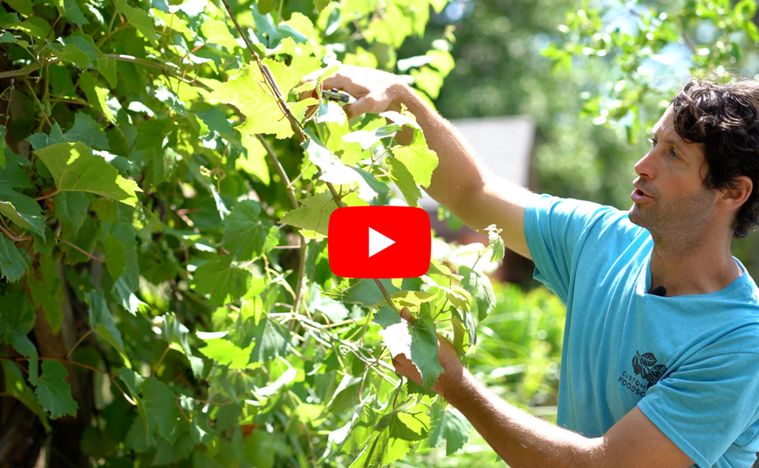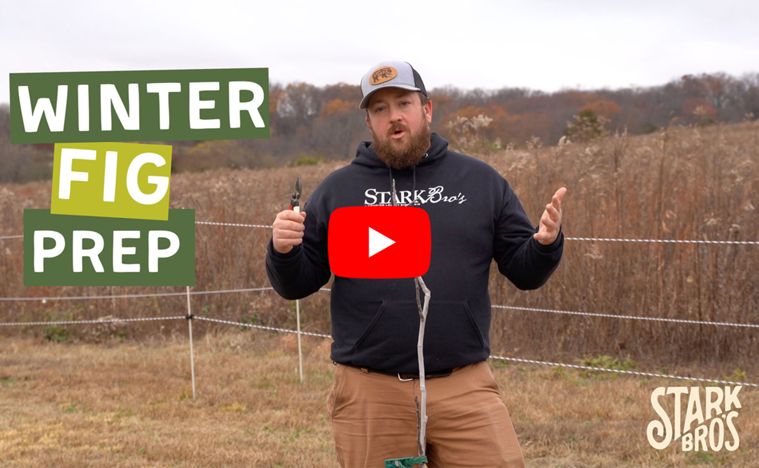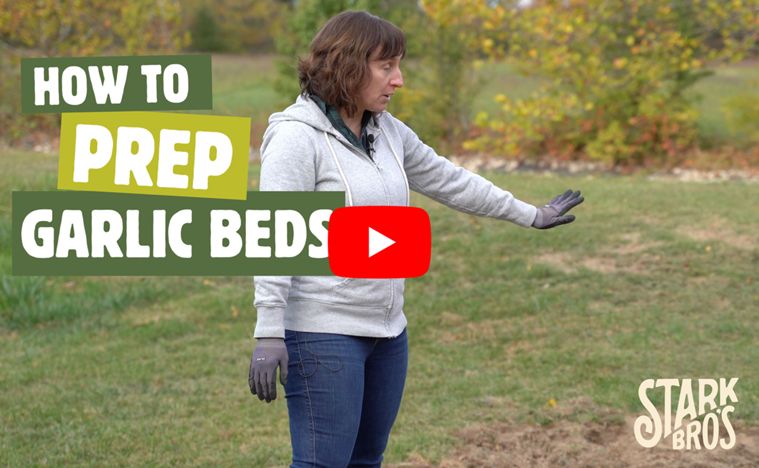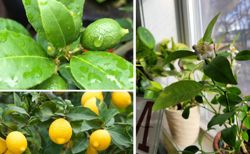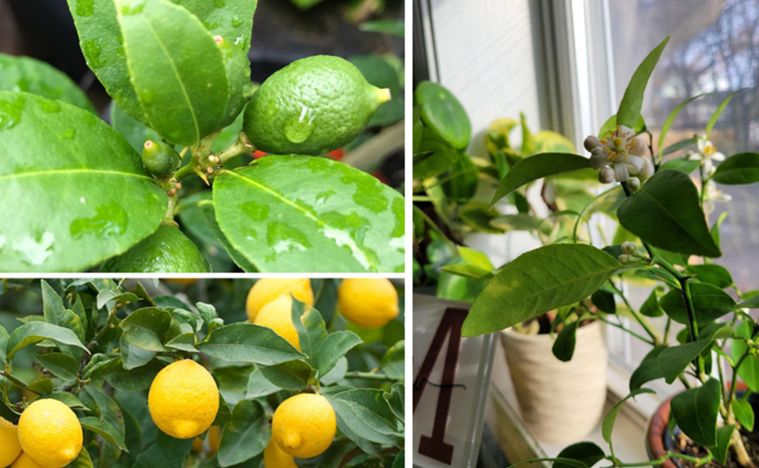Acclimating New Plants & Trees
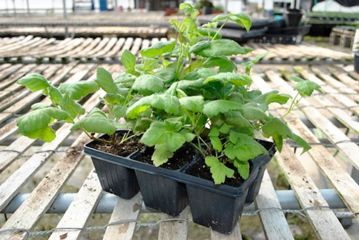
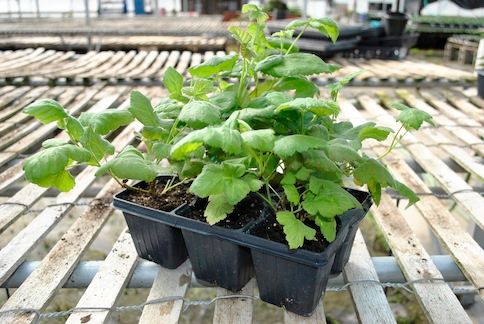
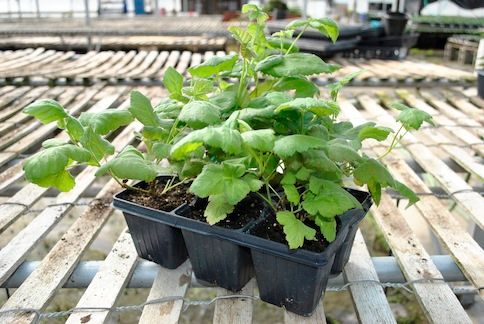
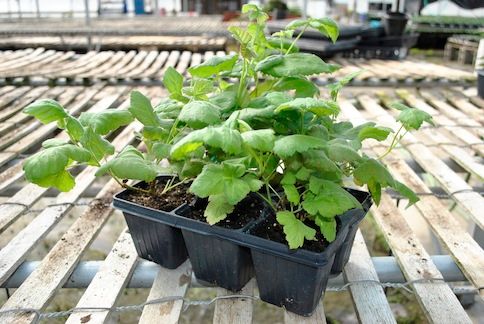
Acclimate (ac·cli·mate): "To become accustomed to a new climate or to new conditions. Also to 'harden off' a plant."
Some plants and trees, like our potted berry plants and Stark® EZ Start® potted trees, are grown in the controlled environment of our greenhouses. When these plants ship to you, they may arrive leafed-out and already growing. This tender growth can be sensitive to things like direct sunlight and sudden changes in temperature, so acclimating them to their new environment will help provide the best start possible.
Things that may cause injury to tender new growth in transplants:
- low temperatures (below 50º F)
- frost snaps
- strong/direct sunlight
- strong winds
Depending on the characteristics of the variety you are planting, some species (like pawpaw trees) generally may not thrive in full sun. Prior to deciding on a plant or tree, check its sun requirements so that you can avoid damage that may be caused by planting in stressful conditions.
Characteristics, found on our product pages, include sun requirements:

How to Acclimate/Harden Off Plants and Trees
If your new plants or trees from Stark Bro’s arrive in a pot and already display tender leafy growth, then they were likely grown in our greenhouses. Here are a few steps we recommend you follow to acclimate these plants and trees (or harden them off) before planting outdoors:
- Upon arrival, unbox your plants and trees, and keep them in the pots they arrived in. Place them in a sheltered, semi-shady spot outdoors – like on a back porch. After a day or so, move them to a sunnier spot. Water your plants upon arrival, but then allow the top of the soil to dry out – this also contributes to the hardening-off process.
- Observe foliage - if signs of leaf injury appear prior to planting, move those plants or trees back into more filtered sunlight and an area protected from harsh winds. Air movement in outdoor conditions is equally important for hardening off the plant. Cool air helps harden the tender new growth but do bring plants back indoors at night if temperatures are expected to reach close to or below freezing.
- After 2-3 days of acclimating your plants and trees, and if the weather conditions are right, your new plants and trees are ready to be planted outdoors in a permanent location. Your new plants and trees should be able to manage conditions, as long as soil temperatures are expected to stay above 50ºF. For best results, try to plant on a cloudy day.
Please note: these are general recommendations. Your particular growing environment might require a slight variation on these guidelines since some plants can take more time (or less time) than others to harden off. Factors like the current year’s weather, individual plants, and your location may affect the process. If conditions outdoors are too harsh, keep potted plants near a sunny window, water them, and take care of like a houseplant. Then start the process of hardening off your plants.
When it's time to plant...
Proceed as you normally would:
- Dig the planting hole so that it's wide/deep enough to accommodate the plant's root system with room to grow.
- Remove the plant from the temporary shipping pot and loosen the roots so that they can spread out.
- Prepare any soil additives you intend to use to amend the planting site.
- Gently tamp out any air pockets as you cover the plant's roots with soil.
- Water the plant well and apply a 2-3 inch layer of mulch to protect the root system and suppress weeds.
Now that you know about acclimating new plants and trees that may arrive leafed-out (not dormant) in the spring, you'll help get your new transplants established as smoothly as possible. Happy planting!

